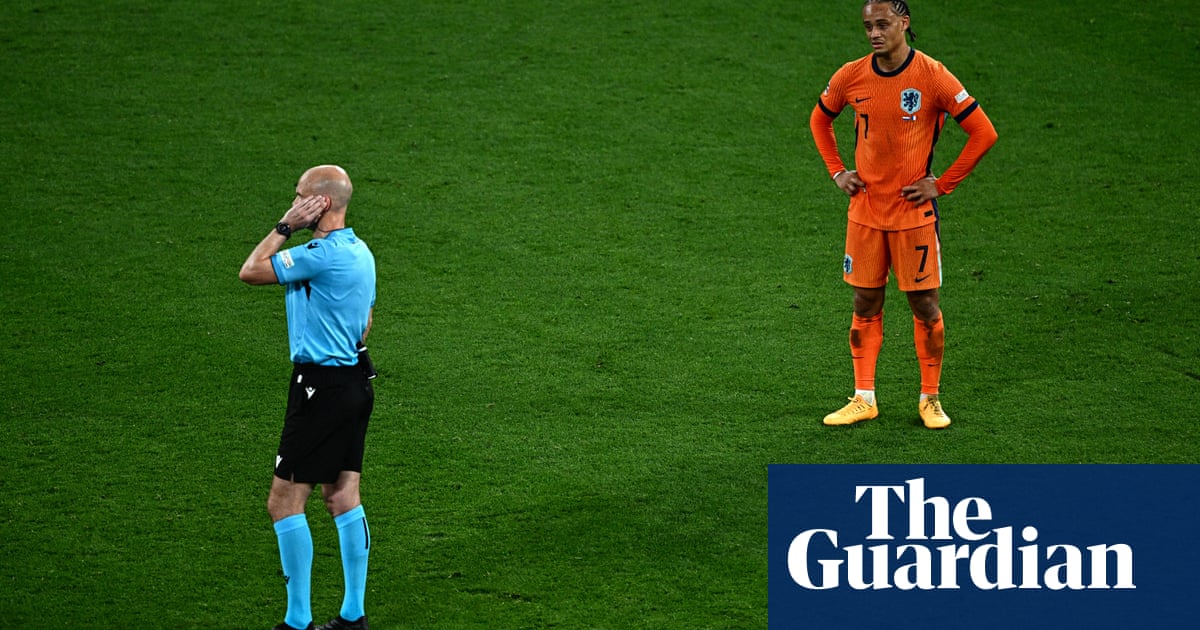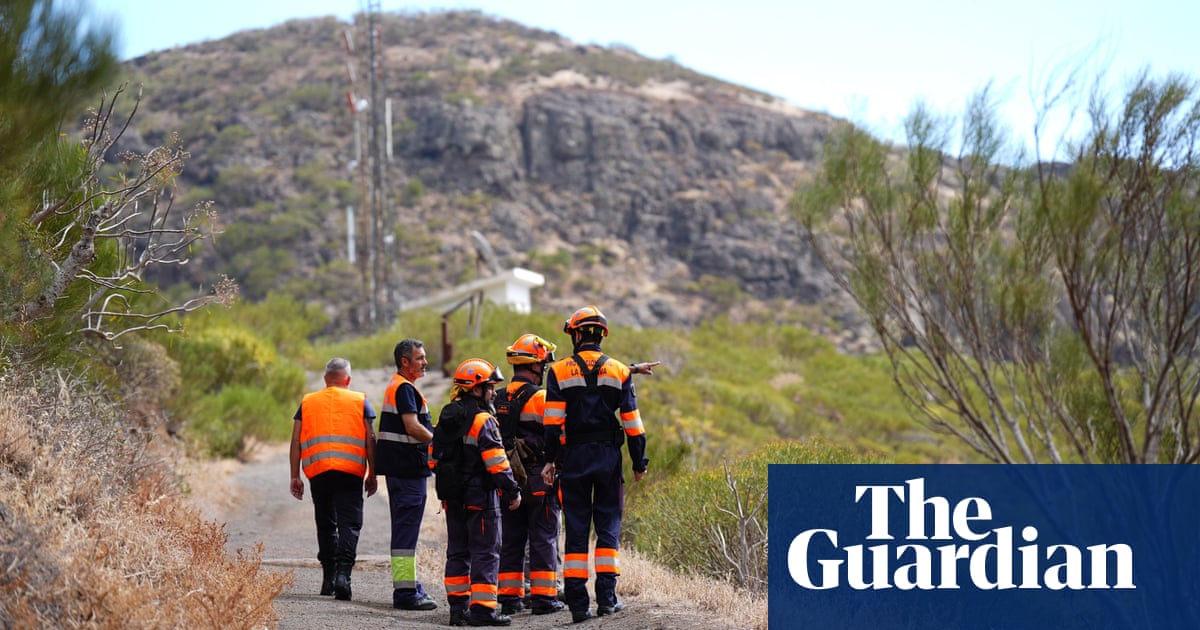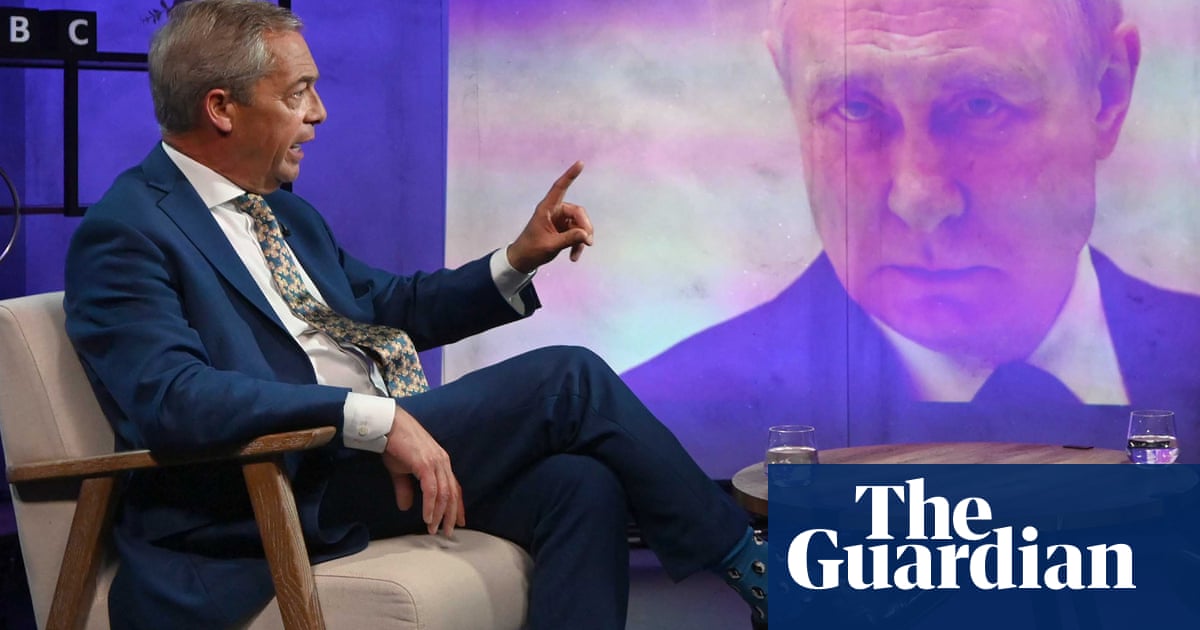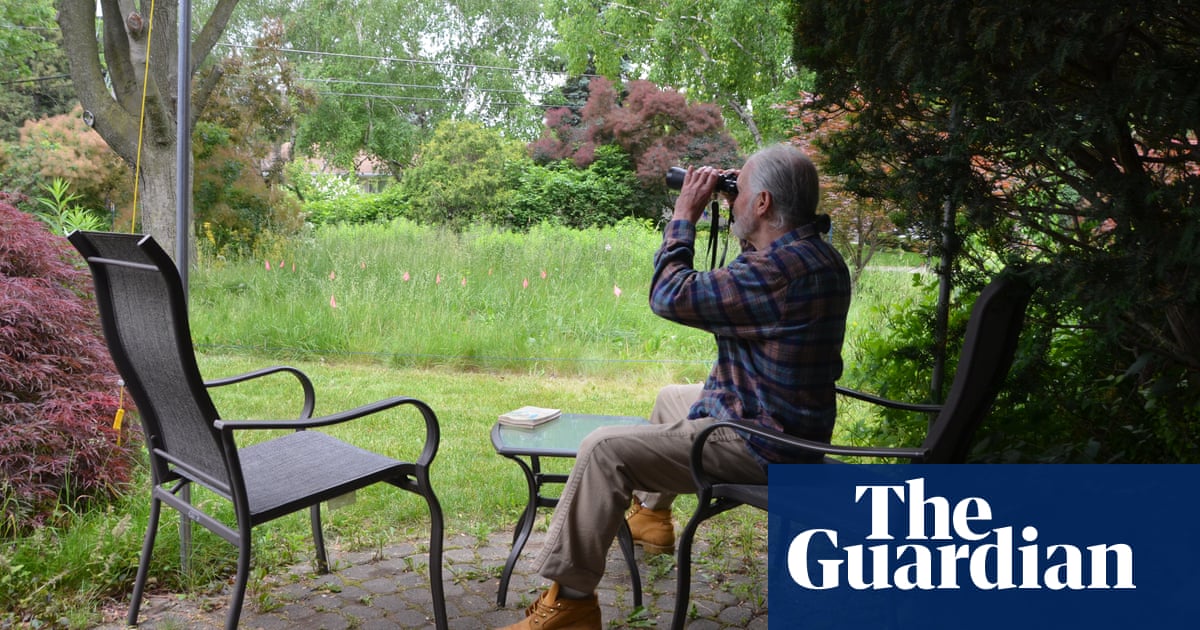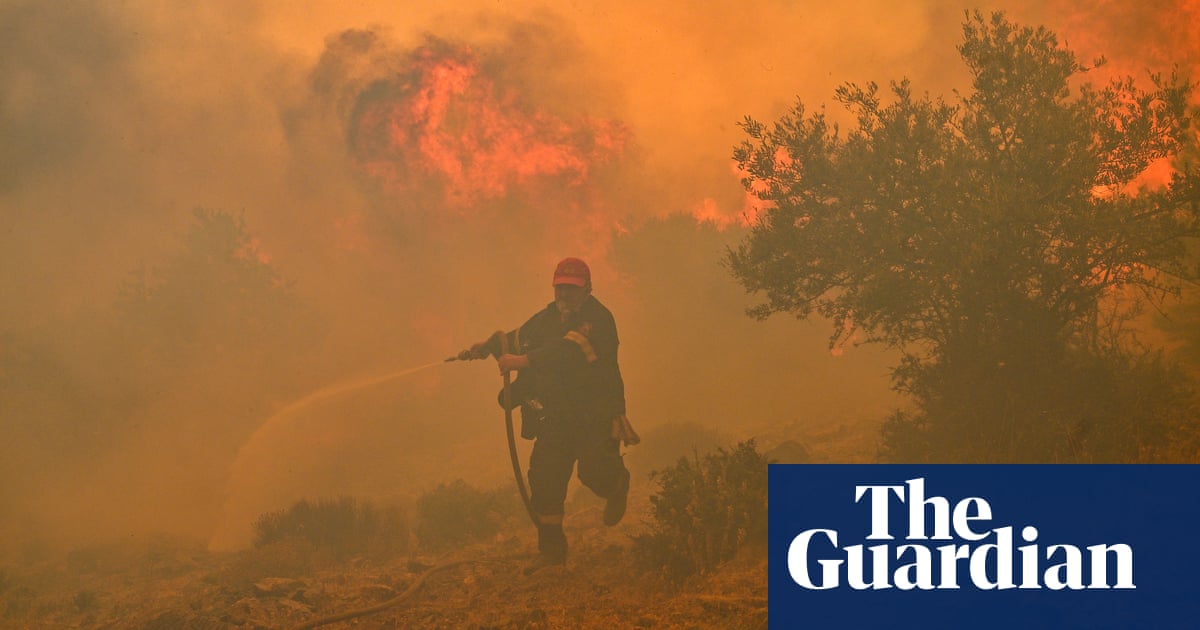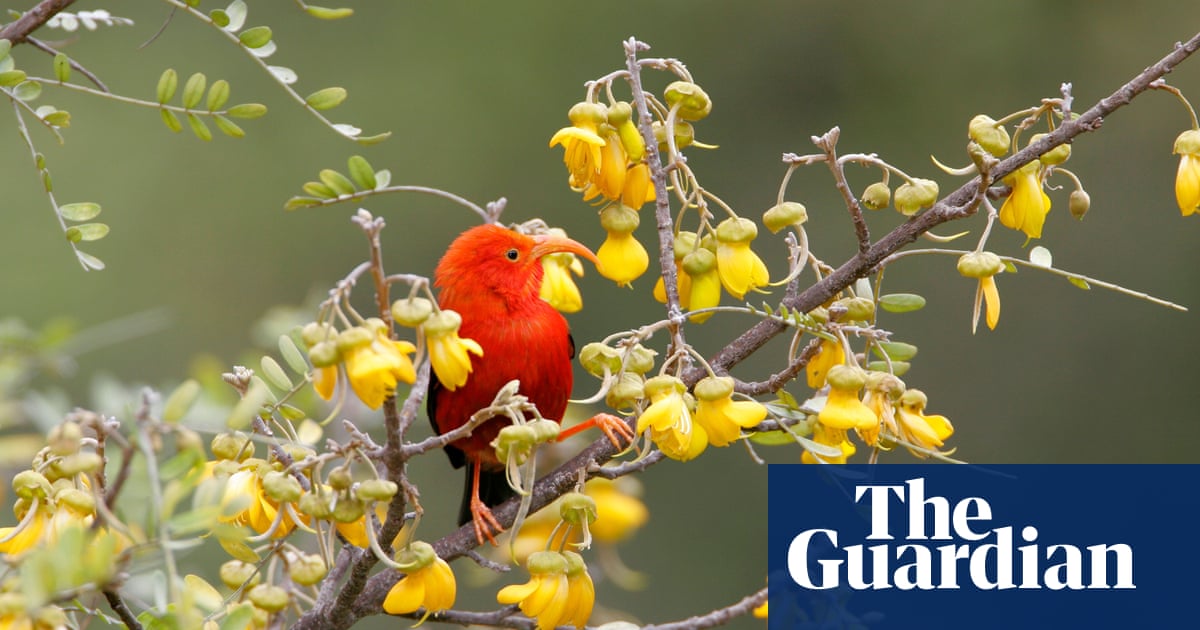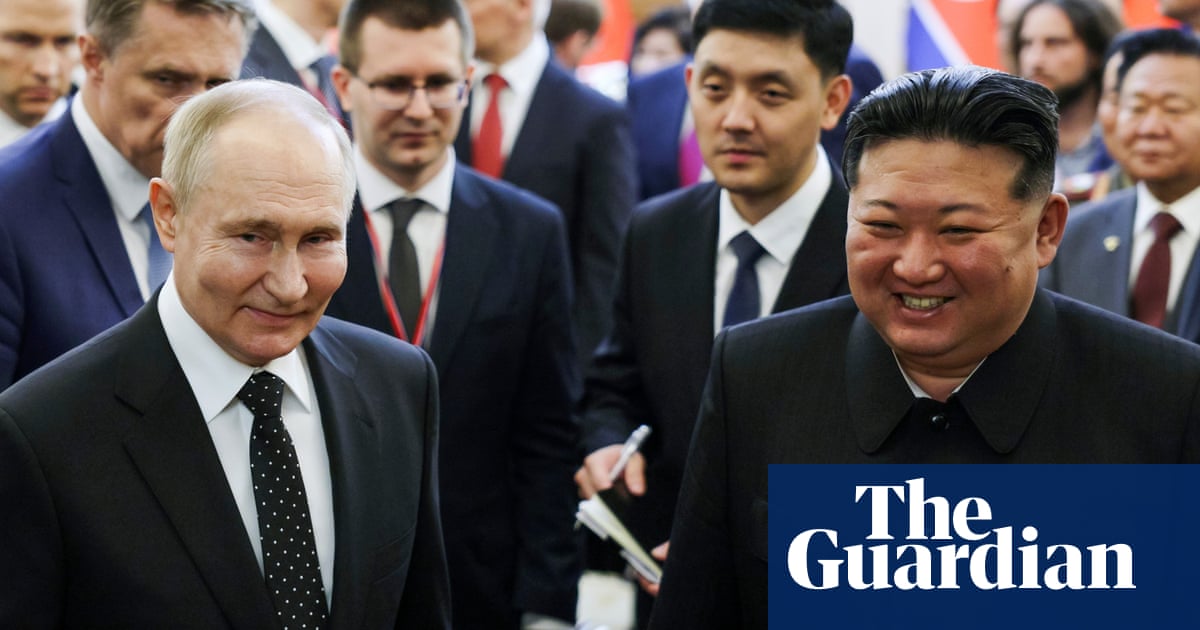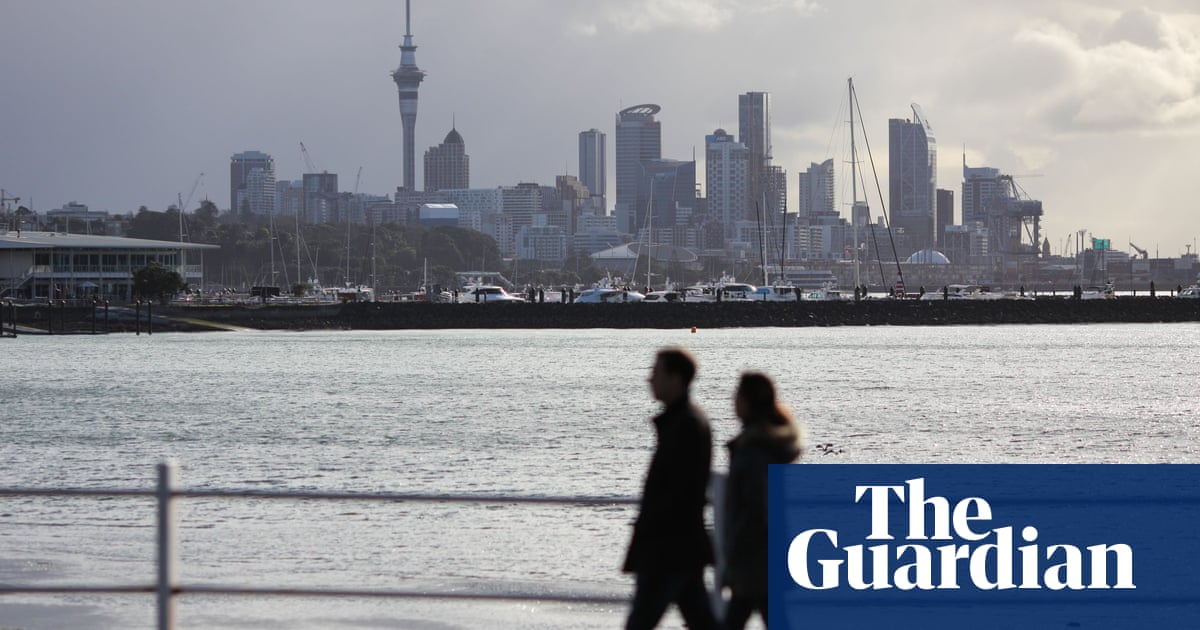This was an opportunity for France to show they can dismiss high-level opponents without Kylian Mbappé but instead question marks will linger. They should have won a game that, although the first goalless draw of the tournament, was lively enough and brought a string of presentable chances. Most of them fell the favouritesâ way but, as the list of misses stacked up, the absence of their talisman glared more brightly.
Had the nightâs outcome been of huge consequence, Mbappé would surely have been wheeled into action for a side that simply could not score. Didier Deschamps suggested as much afterwards but this was always going to be a phoney war, the group stage offering little jeopardy to genuine hopefuls, and it was telling that Mbappé did not sport one of the golden bibs worn by Franceâs other substitutes while sitting on the bench. His broken nose was not worth risking and it remains to be seen whether he is given a chance to get his eye in when they look to top Group D against Poland, who have been eliminated, on Tuesday.
âI wasnât bluffing at all,â said Deschamps, who had left open the possibility Mbappé might play after being fitted with a face mask for his injury. âHeâs getting better and if it had been a decisive game this evening then maybe Iâd have thought twice about him playing or not. He took a nasty blow, heâs got a bruise and will have to wear a mask. With every day that passes weâre getting to a point where we want to be. I thought the wiser decision was to keep him on the bench.â
Mbappé had uncharacteristically missed a sitter against Austria before taking that grievous knock for his troubles, but he must have been straining at the leash for a go at one of the openings France spurned in either half. Antoine Griezmann was particularly culpable and they were almost punished as proceedings entered their final 20 minutes.
The flag went up quickly after Xavi Simons, rifling in from 14 yards after Mike Maignan had denied Memphis Depay, briefly wheeled away in celebration. Denzel Dumfries, who was well offside, had been standing directly to Maignanâs left as the ball flashed past him on that side. The assumption was that he had impeded the keeperâs ability to dive and VAR set to work in rubber-stamping the call.
It was upheld after a wait of almost three minutes that culminated in Anthony Taylor calling Griezmann and Virgil van Dijk, the captains, across to run them through the rationale. The decision itself seemed reasonable but the delay, during which Taylor communicated with the VAR officials Stuart Attwell, felt straight out of Stockley Park. The past week has been notable for relatively quick resolutions to video referrals and this one did not meet that bar.
Deschamps raised his eyebrows at the interruptionâs length, feeling the case was âa no brainerâ. Unsurprisingly Ronald Koemanâs take cast a different hue. âI personally think the goal should have stood,â he said. âI think Dumfries is offside, thatâs true. But he isnât disturbing the goalkeeper, and when that doesnât happen itâs a legal goal in my opinion. And you need five minutes [sic] to check it because itâs so difficult? I donât understand it.â
Koeman watered that assessment down by accepting his team were not âup to scratchâ for spells and noting France had enjoyed the clearer openings. A draw, he thought, was fair when that was all priced in. Again, it was hard not to think he might have been more strident had this been a knockout tie. No bones about it, this was a good result for the Netherlands even if they will not be given an easy ride next time out against Austria.
Perhaps it would have been even better if the lightning-quick Jeremie Frimpong, through on goal after racing away thrillingly from Théo Hernandez, had beaten Maignan inside the opening minute. A mobile Dutch front line caused particular headaches in the first half, Simons twinkling at the venue where he has shone all season for RB Leipzig and Cody Gakpo making Maignan save superbly, but France were the more consistent threat.
after newsletter promotion
Griezmann drew an acrobatic stop from Bart Verbruggen and then, fed by an unselfish Adrien Rabiot who should surely have shot after clever work from Marcus Thuram, stumbled in front of goal when looking to convert. He also swiped wide from inside the box and then watched as Thuram, slipped into acres of space by a smart ball down the right from Jules Koundé, raced towards goal but blazed off target.
More glimpses followed in the second half. Aurélien Tchouaméni rose high but headed wide before Griezmann fluffed arguably the best chance of all. Teed up by NâGolo Kanté, who was again imperious throughout, he could not beat Verbruggen from six yards and France were left to sweat on video technology moments later.
They will also dwell on whether Mbappé comes back at full tilt. âIt changes his vision but also the risks heâll be taking,â Deschamps said of the situation Mbappé will face when, wearing the mask, he returns to contact training. France may just have to take the gamble.
